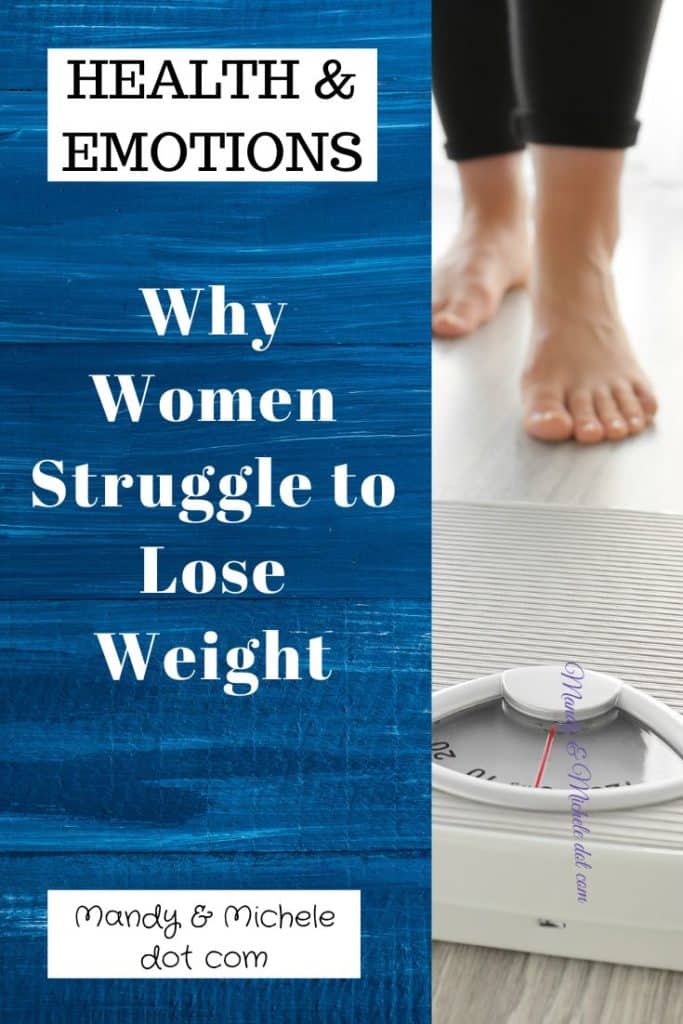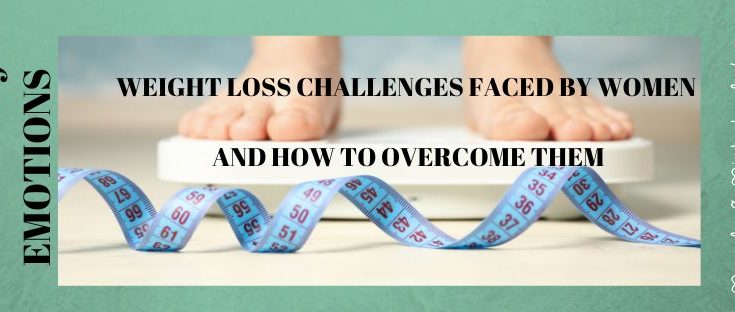Many people struggle with maintaining and losing weight. But sadly, the challenge of weight loss is steeper for women than for men. Not only might you not feel your best when you’re not at your ideal weight, but consistent weight gain can increase the chances of developing long-term health conditions, like type-2 diabetes, high cholesterol, heart disease, and stroke. In this article Patricia Sarmiento, we explore three strategies women can employ to maintain a healthy weight.
Why Women Struggle to Lose Weight
As research has shown, women have a harder time losing weight for various reasons, which include:
● Different Metabolism Rates: if a woman has more body fat than a man, their metabolism slows down. When this decrease happens, their bodies burn fewer calories while at rest.
● Menopause: weight gain, especially around the abdomen, is a characteristic symptom of menopause, caused due to hormonal changes and a slowing metabolism rate.
● Polycystic Ovary Syndrome: 5-10% of women suffer from Polycystic Ovary Syndrome (PCOS). Hormonal imbalance caused by PCOS can lead to weight gain and insulin resistance.
● Pregnancy Factors: Being pregnant means that women gain weight relatively quickly and more body fat. What’s more, it’s not as easy for a new mother to find the time to exercise and sleep, both of which she needs to shed those extra pounds after giving birth. Breastfeeding does help, however, as you burn calories and lose some weight during this time.
Strategy 1: Learn to Track Macros
Eating a calorie-deficit diet is the most important part of the weight loss process. This includes eating fewer calories than you burn in a day. 1kg of fat is equal to 7,700 kcals. Hence, having a deficit of 7700 calories will lead to you losing 1kg of weight. This deficit is achieved cumulatively over days and weeks.
The best way to stay on top of your calorie intake is to learn to track macros. The term macros is used to refer to macronutrients, which are fats, carbohydrates, and protein. These are the three main nutrient groups that everyone should include in their diet. Medical News Today reports that the recommended daily calorie intake for females with a sedentary lifestyle ranges from 1800 to 2000 kcals.
There are various applications on the market that help track macros, but if you need additional help, consider working with professionals who can create a personalized diet based on your needs. When starting, the best way to reduce your calorie intake is to steer clear of food items, such as ready-to-eat meals, sodas, candy, high-fat meats, and other processed goods.
Strategy 2: Lead an Active Lifestyle
While eating in deficit will help lose weight, the process can be accelerated by incorporating exercise into your daily routine. All types of exercises, whether aerobic (jogging, swimming) or strength training (body weight or weight exercises) help burn calories. Even taking short daily walks around your neighborhood or a local park can help you to feel better and lose weight, so take advantage of the opportunity to get moving. This is made even more convenient if you happen to live in a walkable locale, as measured by its Walk Score.
Everyday Health explains that there are the added benefits of engaging in regular exercise, which include:
● Reduction in Fat: fat build-up around the abdomen is one of the main causes of insulin resistance. Exercise helps women with type-2 diabetes gradually reduce this fat, and develop healthy blood sugar levels.
● Improves Blood Circulation: during exercise, our heart pumps faster, increasing blood flow to all parts of the body. Additionally, this helps to reduce inflammation and muscle aches.
Strategy 3: Keep Stress in Check
Living a stressful lifestyle can hinder your weight loss efforts. When we’re stressed, our body increases the production of cortisol, commonly known as the stress hormone. High cortisol levels result in increased appetite and cravings for food high in sugar or fat. In addition to your exercise regime, a few ways to keep stress in check:
● Create a Positive Home Environment: Declutter your home by getting rid of all excess items. Having clutter increases stress – and therefore, cortisol – levels. Click here for some strategies for organizing the mess in your home. On the other hand, a clean home and being in nature can reduce stress and anxiety, so consider adding houseplants to your home.
● Organize Your Home Office: Working long hours in a messy, dimly lit workspace is the perfect recipe for stress. This article suggests adopting a paperless approach to overcome the need to store documents, working under natural light by placing the desk directly beside a window and remembering to take small breaks throughout the workday.
Monitor Your Health
It’s important to keep tabs on your health, no matter what your current weight or goals. And if you want to make significant changes to your diet or exercise routine, it’s best to consult with your doctor first. If you are unemployed or self-employed, don’t let a lack of insurance prevent you from this routine care. There are plenty of affordable options under the Affordable Care Act and alternatives if you can join a parent’s or spouse’s policy. Some clinics also offer flexible payment methods or sliding fee scales for uninsured patients, so check with providers in your area to determine your options.
Make Strategic Changes
When you are trying to lose weight, the key is to remain consistent. Making lifestyle changes is always hard, especially in the beginning, but with time you will start to look and feel different. Those changes will serve as motivation to keep pushing and achieve your weight loss goals. Although applying any of these strategies will make a difference, do your best to address each one in some capacity, and make time to see your doctor to ensure that your plan, diet, and exercise routine are best suited for your body’s needs.
Patricia Sarmiento loves swimming and running. Patricia channels her love of fitness and wellness into blogging about health and health-related topics. She played sports in high school and college and continues to make living an active lifestyle a goal for her and her family. She lives with her husband, two children, and their shih tzu in Maryland. Contact her at psarmiento@publichealthcorps.org or follow at www.publichealthcorps.org
Other Posts That Might Interest You
Managing Your Anxiety: Two Fabulous Tools
Combating Anxiety in the Power of Small Intentional Moments
Fibro Friend ~ How Are Your Finances Holding Out?
Taking Back Your Life While You Wait for Healing
Treating Chronic Pain by Adjusting Diet by Dayna Ault
Thank You for Sharing



Pastor’s Wife (retired) & Chronic Pain Warrior blogs about how to make it through anything by relating her own life experiences to her writing. She is passionate about her love for the Lord and desires to spread that passion to others. She has a great desire to encourage women who are following behind her.




